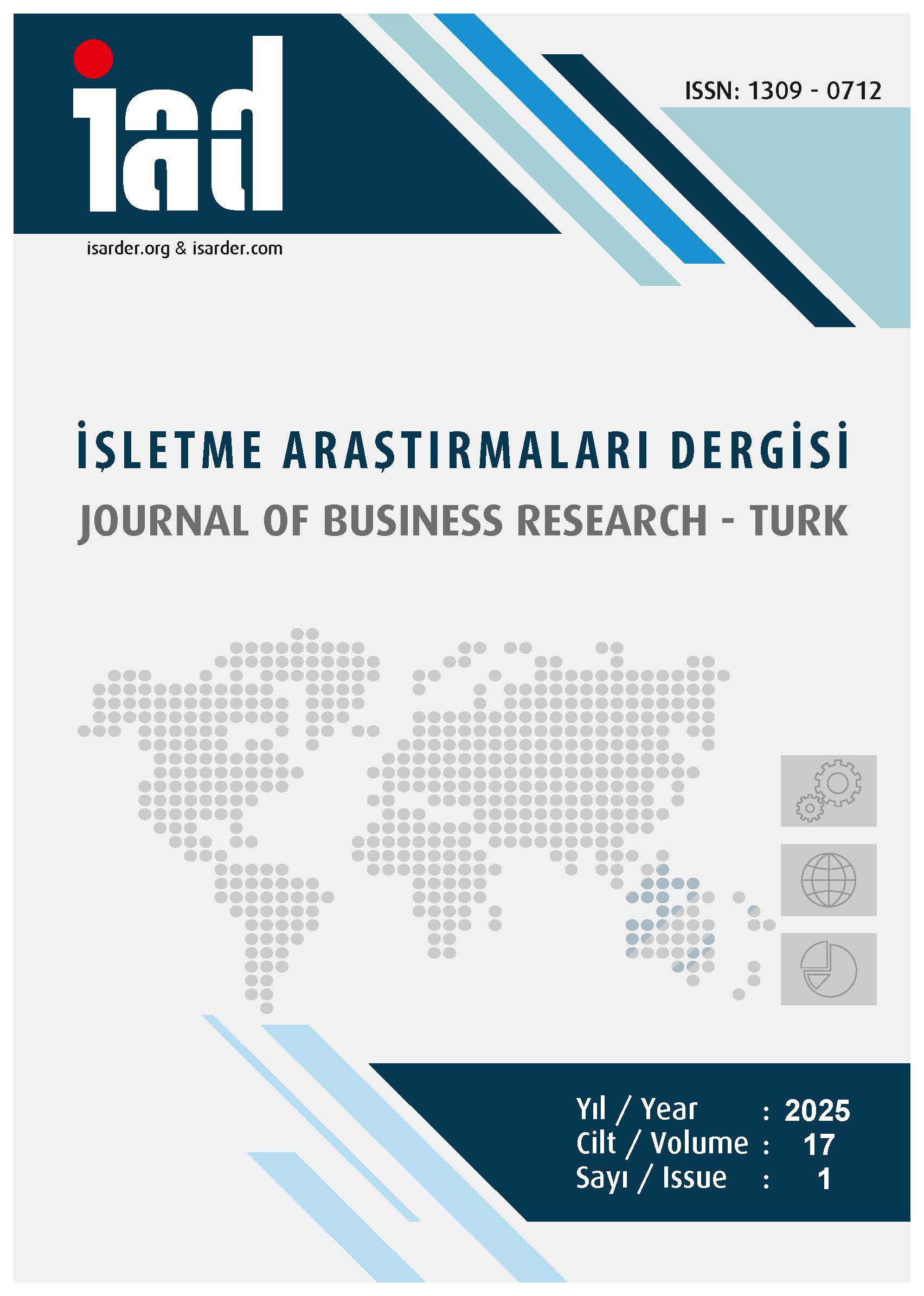Analysis of Financial Performance via Structural Equation Modeling Using Dupont Technique
DOI:
https://doi.org/10.20491/isarder.2025.1975Keywords:
Dupont Analysis, Financial PerformanceAbstract
Purpose – Dupont analysis is an analysis technique that shows the relationship between multiple ratios on the active return and the equity return of a company. In this study, the aim is to reveal the effects of the variables affecting the financial performance of a company on the Active Return and the Equity Return on a visual basis with the parts that make up the whole, and to see the effect of each variable on the whole and to determine which elements should be given weight in order to increase profitability, through the Dupont analysis technique and structural equation model. Design/methodology/approach – To measure financial performance, a path analysis was performed using the structural equation model using the DuPont technique and the Smart PLS 4.0 program. The relationships between both observed and latent variables were revealed with the newly developed variance-based partial least squares (PLS) structural equation model (Structural Equation Modeling-SEM), which is shown among the second generation analysis techniques and can better estimate the complex relationships in the model. Findings – As a result of the path analysis conducted with the structural equation model, it is predicted that the receivables turnover rate has a more positive effect on ROA for Aselsan company than the net profit margin and that the company can contribute more to its profitability performance by taking precautions and measures to increase the receivables turnover rate. In addition, the financial leverage policy followed by Aselsan company has a positive effect on ROE and the fact that the asset turnover rate has a greater effect on ROA can increase its profitability performance even more if the company gives more weight to this ratio. Discussion – In the path analysis conducted with the structural equation model, it is assumed that the data belonging to the observed and latent variables emerge in the same time period. The structural equation model does not include the time variable in the model. For this study, the analysis was conducted assuming that all data emerge in the same time period.
Downloads
Published
How to Cite
Issue
Section
License

This work is licensed under a Creative Commons Attribution-NoDerivatives 4.0 International License.





